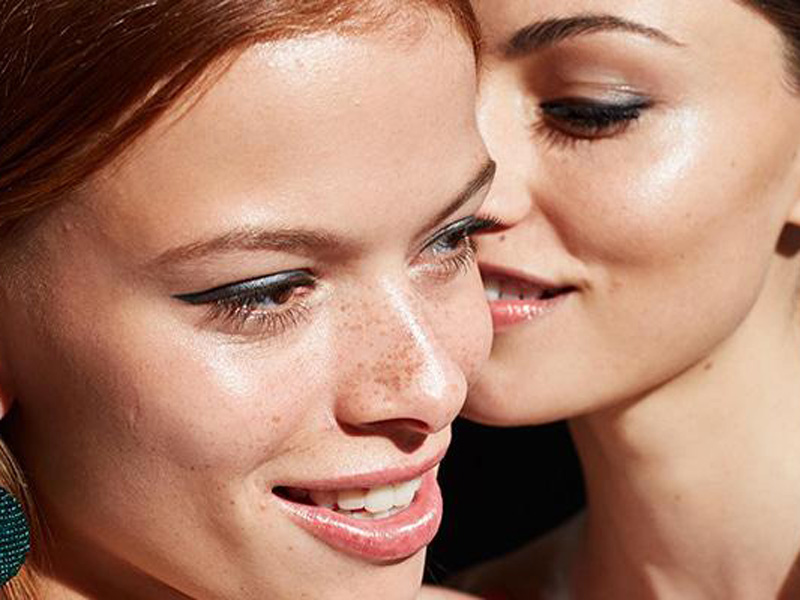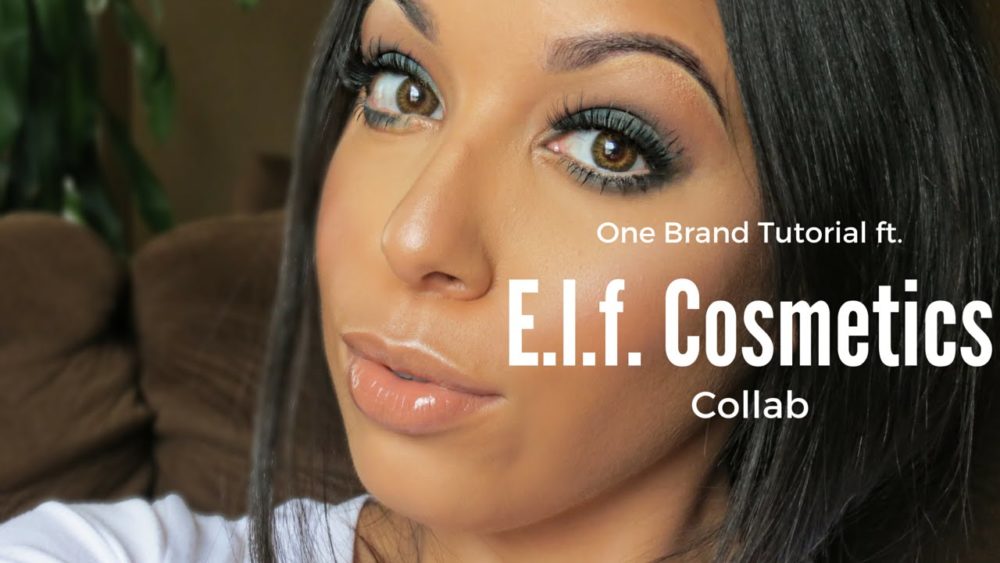
The relationship between millennials and makeup has three categories of people. There is the Kylie Cosmetics and Anastasia Beverly Hills crowd, the Glossier and Milk crowd, and the Maybelline and sometimes Stila or Bare Minerals crowd.
This first group follows beauty Instagrams, watches reviews, lives for swatches, and will set alarms for when the lip kit restock happens. The second is yes, into makeup, and knows just as much about the industry, but goes for more of the “cool girl” makeup. Brands with strong aesthetics and digital content, that produce a certain lifestyle image for consumers.
Finally the third group is obviously not out of the makeup loop, and knows that brow fillers are in right now, but are fine with drug store or the occasional cringe inducing twenty dollar splurge for a staple like eyeliner.
Each of these groups represent the three main types of millennials I have encountered during the discussion of makeup. There’s friends who will text me right after a new palette is announced with every single news outlets’ coverage, friends who buy all of a brand’s new serums with Instagrams of them next to succulents, and friends who make jokes about how lipstick means they’re “going all out”.
Even with the push of the no makeup movement, encouraged by Alicia Keys, who stirred up a lot of attention towards the industry, the cosmetics business seems to be doing surprisingly well. Stores like Sephora, and brands and stores of equal quality such as MAC, have increased sales forecasts for the Spring.

Companies like these are trying their best to be branded as cool. Estee Lauder, which to many millennials is a turn off due to stuffy, older connotations, recently bought Too Faced Cosmetics. Too Faced is a youth targeting brands, with popular eyeshadow palettes in peach tones, as well as a chocolate line of scented products that are this generation’s Lip Smackers and Mr. Sketch scented markers all grown up.
But many analysts note this crop of youngsters as smarter consumers. They won’t buy a highlighter because strobing is in. The formula, brand, exact tone, pigmentation, endorsements, and more matter. With increased access to information on competing products, and the rise of influencers as the deciding factor of what’s vogue, Instagram is truly to thank for keeping the market alive.

This is where the first and second group meet. They both follow influencing brands, but the first disregards cheesiness, instead enthralled by the cult status of the brands. But the white, rose gold, and light stained wood speckled with greenery interiors are what grab the attention of group two. Vintage claw foot tubs, geometric shelving, and forty dollar candles round out the mix.
It has an authentic vibe to it, that’s why the smart customers of today trust it. They aren’t a fad that last a month or two. Brands like Glossier, launched only in 2014, are only increasing in sales. The same way people praise the Kardashians for relating friendship and a personal life as a brand, these companies make the charismatic, easy coolness and friendliness, yet inaccessible air is their own.
The final group isn’t obsessed with aesthetic, but sure they’re on Instagram and follow a lot of the same people. They just aren’t the target market of these brands. They are the target audience for cheap yet dependable makeup products. A foundation that covers redness and evens skin tones, but doesn’t have to make them poreless and photoshopped in real life. Not a sixty five dollar Dior splurge or Cover Fx custom cover drops.

They are the reason brands like ELF (eyes, lips, face) are able to grow so substantially. They even note Millennials through spending numbers as one of their top two consumers. The power of millennial spending shows, as the stock for the brand increased by 50% shortly after the initial public offering.
It’s the fast fashion of makeup brands, and it takes all the big trends plus customer feedback into account. It gives quick products to the market as they want it, then have quick turnaround with feedback. This is mostly due to the third group, but all of them contribute. When the silver line of brushes ELF developed went viral it resonated with the first group. The fact that one of their highlighters contains jojoba and rose oil resonates with the second.
Each of the groups may have their own separate spending and visual patterns, but they are all part of a demographic pushing cosmetics company towards success. Even when luxury apparel brands see a decline, cosmetics, even at designer labels, are considered an affordable splurge. It’s the acclaimed lipstick lipstick effect always watched in times of economic or social crisis.
While the trend towards “no makeup” makeup, and the idea that not wearing makeup is a statement against beauty standards, many are taking the lipstick effect to the self expression route. “Beating your face” is now praised, it has become a sense of comradery among females instead of it being imposed on them by industrial power. A reclaiming of sorts.
The relationship between millennials, makeup, and marketplace is going strong. And though it may nod to a longer time span of economic crisis, it’s a beautiful distraction in the meantime.
by Cassandra Gagnon for The Untitled Magazine


